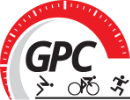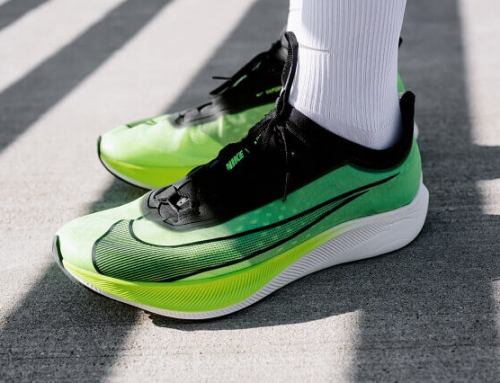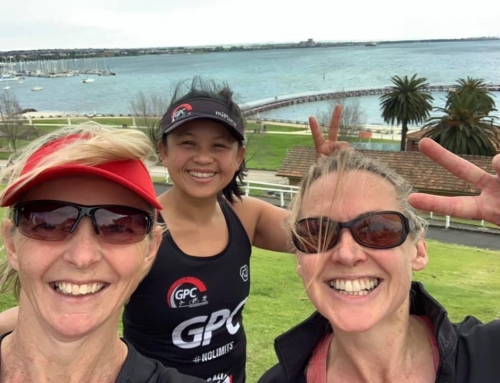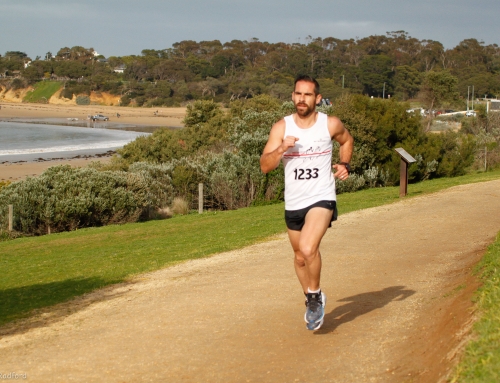The Injury Clinic – Dry Needling
The Injury Clinic Geelong are GPC’s partnered physiotherapy provider. Laura Anderson & her team are highly skilled at diagnosing injuries and treating the causes rather than just the symptoms. To book an appointment please contact the clinic directly.
Dry needling is a management technique used in the treatment of myofascial pain and dysfunction and is one of the many techniques used by Physiotherapists at The Injury Clinic.
It’s an effective and efficient method of treatment, but why?

Dry Needling. What is it?
Dry needling is the process of using a fine filament needle to elicit a local twitch response from a muscle. We use it to treat myofascial pain.
- Myofasical pain is defined as pain of muscular origin and is commonly characterised by the presence of a myofascial trigger point.
- Myofasical trigger points are the ‘knots’ that we feel in a muscle. They are extremely common and their presence will likely result in disturbances in motor function such as muscle spasm, weakness, loss of coordination and decreased work tolerance. They are often the result of muscle overload.
- When a myofascial trigger point is dry needled, a local twitch response will be elicited.
- Eliciting a local twitch response will release the muscle fibres (or ‘knot’), allowing normal muscle function.
Essentially, using a dry needle to induce a local twitch response allows an overactive muscle to relax and reset. This is almost like restarting your computer when it isn’t working properly. Once you re-boot the computer, it (usually) continues to work as it should.
Whilst dry needling is effective in reducing myofascial pain and improving muscle function, muscles must be retrained and strengthened to prevent recurrence.


Why do physiotherapists use dry needling?
There are many reasons why Physiotherapists at The Injury Clinic use dry needling as a form of treatment. These reasons include (but are not limited to)…
- Treating a muscle that is quite deep. For example, some of the gluteal muscles are more 5cm below the surface of the skin. Dry needling is much more effective than other forms of treatment (eg. massage) for these kinds of deep muscles.
- To treat a persistent problem or injury. As dry needling ‘resets’ the muscle being treated, it is extremely effective in the treatment of injuries that haven’t responded to other forms of treatment.
- To achieve a greater release from a muscle. Often, dry needling is used when an injury has improved significantly but there continues to be an aspect (pain, range of movement, strength etc) that isn’t responding as expected to other forms of treatment.
If a Physiotherapist at The Injury Clinic has suggested dry needling, it is usually for one (or a combination) of these reasons. Ultimately, we feel dry needling be a more effective form of treatment for you. We are specific with who we suggest dry needling to; it is certainly not a form of treatment that is suited for everyone or every injury.
Dry Needling vs Acupuncture
While dry needling is often compared with acupuncture, the main similarity between the two techniques are the types of needles – which happen to be the same. Aside from that, the philosophy, methods and application are quite different.
Dry needling is different to acupuncture in that it primarily involves the needling of myofascial trigger points. Dry needles are used to “deactivate” trigger points which in turn improves the health and function of our musculoskeletal system.
Traditional acupuncturists understand health in terms of “Qi”, a force or energy that travels along pre-determined meridian lines. “Qi” energy must flow with adequate strength and quality to maintain health and acupuncture is a technique used to alter and improve the flow of “Qi”. This philosophy is quite different to dry needling myofascial trigger points.
What to Expect
- Dry needling uses fine filament needles to elicit a local twitch response from a muscle.
- The needle is so fine many people do not feel the needle itself, otherwise some report a slight pin prick sensation. You are also likely to feel a dull achey pain throughout the muscle being treated.
- When the Physiotherapists elicits a local twitch response, it will feel similar to a muscle cramp or an involuntary twitch.
- You may also feel a reproduction of your symptoms – this is a good thing as it means we are in the right spot.
What to Expect After Treatment
Aside from a change to your symptoms, the following are normal responses after a treatment session involving dry needling;
- Muscle soreness: It is common for the muscle that has been needled to feel tender post treatment, similar to the sensation of a ‘dead arm’ or ‘corky’. Some people find they have no post treatment soreness, others find they’re a bit sore for anywhere up to 48-72 hours after treatment.
- Fatigue or drowsiness: You may feel drowsy after treatment. This varies person to person and is also influenced by the volume of needling, the size of the muscle and the type of injury. This should settle quickly and most people report a great night sleep after needling!
- Bruising: Small bruises post treatment are common and usually settle quickly.
References
Simons, D., Travell, J., Simons, L. (1999). Travell & Simons’ Myofascial Pain and Dysfunction: The Trigger Point Manual. Vol 1: The Upper Half of Body. USA: Lippincott Williams & Wilkins.
Gerwin, R. (2001). Classification, Epidemiology & Natural History of Myofascial Pain Syndrome. Current Pain & Headache Reports, (5), 412-420.









